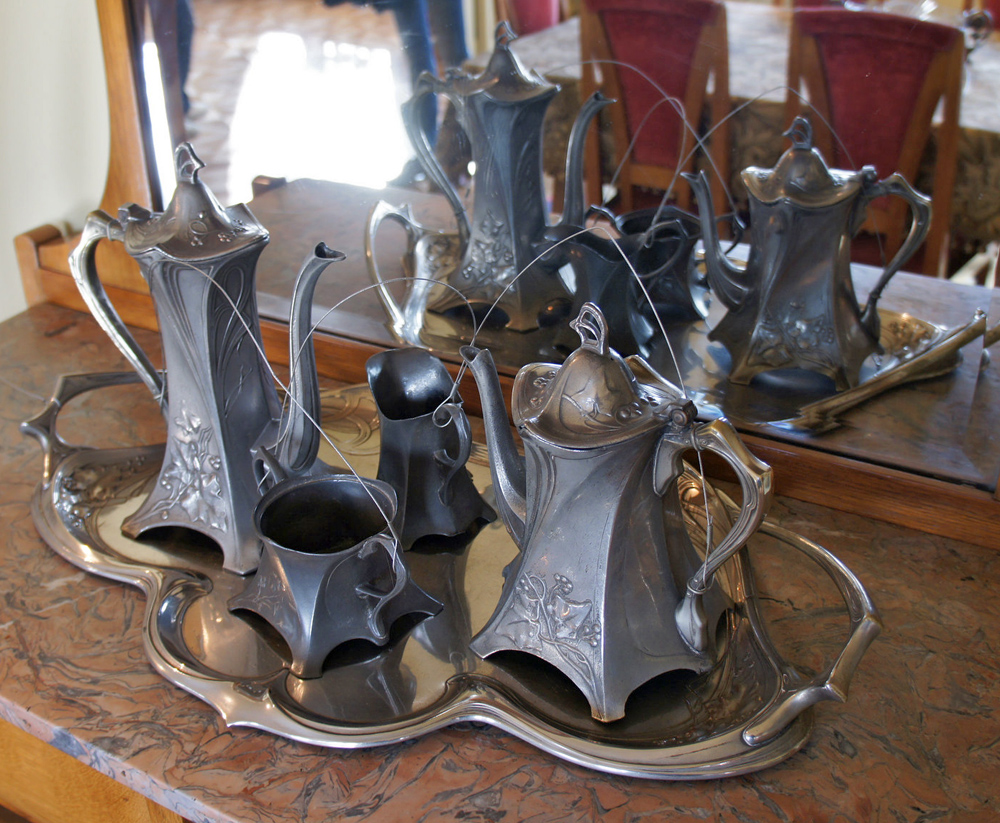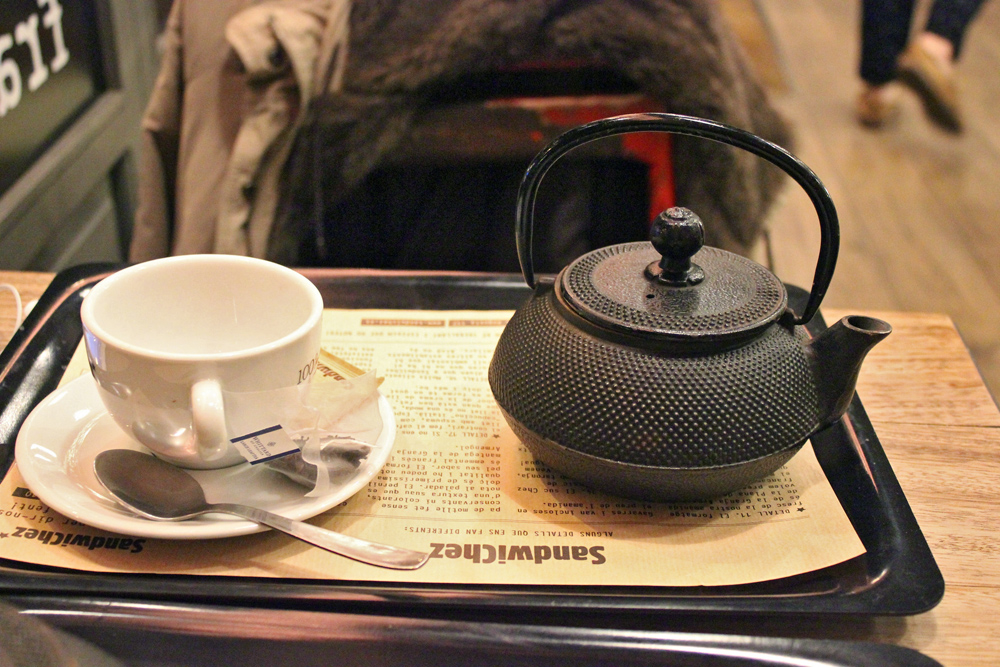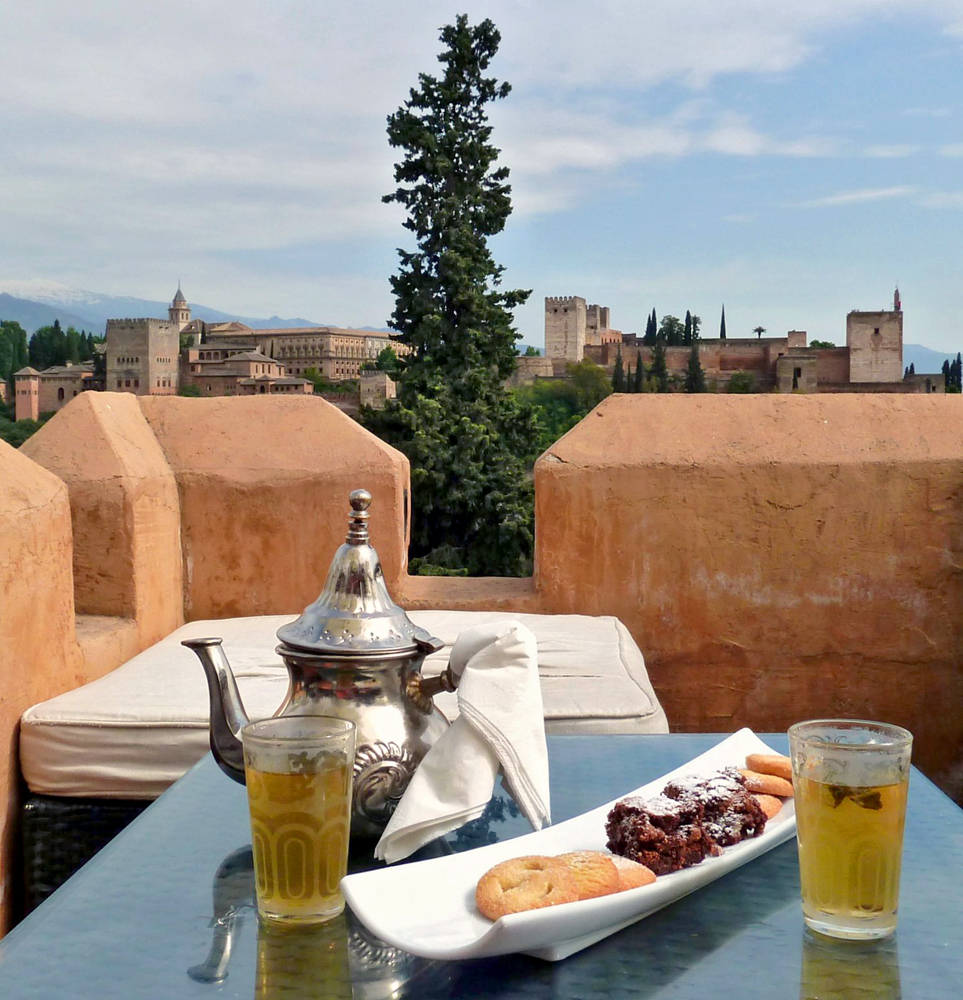Food and Drink: Tea Culture
History
While Spain is traditionally a coffee-drinking country, two distinct tea cultures have established themselves over time. The first comes from its neighbor across the sea to the north, England. Although the idea of high tea never took off in Spain, it is not uncommon to enjoy a cup of tea with a meal or to relax with friends and share a pot. Tea first began to spread throughout Spain in the 18th century, and it actually gained traction in many of their South American colonies as a cheap alternative for coffee. In Spain, this British-inspired tea culture is primarily seen in the northern regions of the country, while Moroccan tea culture, the second major tradition, has had a significant impact on the south. The city of Granada, especially, has been heavily influenced by Moroccan tea tastes and customs. The North African tradition of mixing green tea with mint began to spread into Spain at about the same time as British tea culture.
Cultivation
In general, very little Camellia sinensis is cultivated in Europe, and only recently have more western European countries (e.g. Italy, Switzerland, and France) started to grow tea. Spain grows a small amount of tea in Galicia in the western part of the country.
Popular Varieties
As tea increases in popularity in Spain, so do the varieties enjoyed by a growing multinational population. In the northern region, where more influence is felt from British and French tea culture, black tea from the Darjeeling region of India tends to be the most popular variety. In the southern regions that are heavily influenced by Moroccan tea culture, orange blossom green tea tends to be the drink of choice.
How It's Enjoyed
In the southern regions of Spain, Chinese green tea is imported to mimic Moroccan preparation methods. The leaves are steeped in boiling water in one teapot; then, the tea is transferred to another pot to filter out most of the solid matter. Sugar is added to the second pot as well as more boiling water to help dissolve it. At this point other flavors are introduced—orange blossoms are extremely common and so are mint leaves. Finally, the tea is poured into glasses from a great height. This serving method helps to mix the ingredients well and to create a sweet foam on top. Each serving of tea leaves is generally steeped three times, with each steeping creating a unique flavor profile.
Although some areas of Spain enjoy a British-style tea ceremony, tea is more commonly requested alongside regular meals, brewed by the cup, and served with lemon, milk, and sugar to be added as desired.
Interesting Facts
Although most Spaniards do not have a meal or gathering specifically focused on tea, it is not completely out of the ordinary. However, tea time tends to be much later than in many other tea-drinking nations—the closest Spanish equivalent to “high tea” is typically served around 7:00 pm.
Recently, tea has started to gain on the country’s most popular hot drink—coffee—due to an increasing awareness about its health benefits.
Article written for World Trade Press by Jordan Baranowski.
Copyright © 1993—2024 World Trade Press. All rights reserved.

 Spain
Spain 

